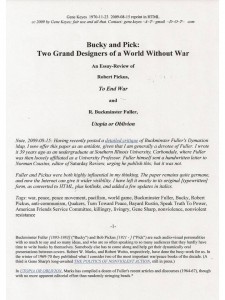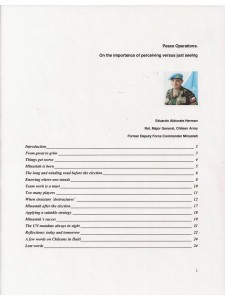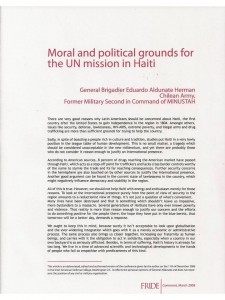
From Skilluminati Research [quoting another person]:
Last night I watched Human Resources and I was impressed enough to pass it along. It's a documentary about Social Control, examining the history, the philosophy and ultimately the pathology of elite power. The movie is a full two hours and you can download a copy of the video file right here
(http://www.megaupload.com/?d=FC6BGEOM).
Overall, Human Resources is rough around the edges but still overloaded with gems. Set aside some time to digest this — and take notes.
Scott Noble does an admirable job of fitting ten hours of material into two. I also appreciated the space he gives to all the people he interviews…there's a metric ton of ideas here and he lets almost all of them unfold and breathe at their own pace. The footage itself is very low-fi and some of the interviews feel like they drag on for too long, or wander in circles. Impressively, those moments are few and far between. Noble can't cover everything, but the scope of this movie alone makes it the most ambitious entry in this strange genre so far, more complete than The Century of the Self and less hysterical than the Zeitgeist franchise.
The film really clicks in the final act, when the focus turns toward the CIA's MK experimentation. I was surprised and grateful to find an extended interview with Dr. Colin Ross, who takes pains to note that “CIA MK” is actually a misleading generalization, obscuring a larger network of projects involving the Army, Naval Intelligence and several other, more opaque agencies. There's a lot of rewindable moments here, tread slowly.
When the perfect documentary about Social Control finally arrives, I'm guessing it will be built on this precise blueprint. This film might be
full of cosmetic flaws, but his argument is (mostly) methodical and devastating. A toast to Scott Noble.









